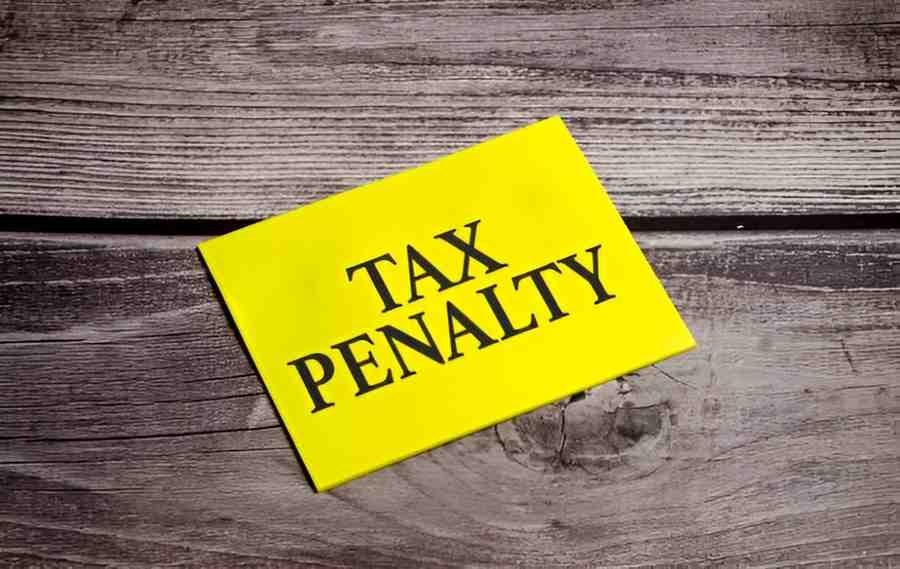Introduction
As a taxpayer, avoiding penalties is as important as fulfilling tax obligations. One significant penalty to be aware of is the substantial understatement of tax penalty. This penalty can be severe, but understanding the nuances of tax laws, proper documentation, and legitimate deductions can help mitigate risks. In this article, I will explore the penalty in detail and provide strategies to avoid it.
Table of Contents
Understanding the Substantial Understatement of Tax Penalty
The IRS imposes a penalty when a taxpayer understates their tax liability by a substantial amount. The threshold for a substantial understatement is the greater of:
- 10% of the correct tax liability
- $5,000 for individuals ($10,000 for corporations)
If the IRS determines that an understatement is substantial, a penalty of 20% of the understated amount applies. The penalty calculation follows this formula:
\text{Penalty} = 0.20 \times (\text{Correct Tax Liability} - \text{Reported Tax Liability})For example, if the correct tax liability is $50,000, but a taxpayer reports only $40,000, the understatement is $10,000. Since 10% of $50,000 is $5,000, the understatement qualifies as substantial. The penalty is:
Common Causes of Substantial Understatement
Several factors contribute to substantial understatements, including:
- Claiming Ineligible Deductions – Misinterpreting tax laws can lead to invalid deductions.
- Omitting Income – Failing to report income from sources such as freelance work or investments.
- Mathematical Errors – Incorrect calculations in tax returns.
- Improper Credit Claims – Claiming credits without meeting eligibility criteria.
- Misclassification of Expenses – Personal expenses misclassified as business deductions.
Strategies to Avoid the Penalty
1. Maintain Proper Documentation
Keeping thorough records of income, deductions, and credits is crucial. This includes:
- Receipts for deductible expenses
- Bank statements supporting income declarations
- Payroll records for business owners
2. Use the Substantial Authority Defense
If a taxpayer’s position has substantial authority, the penalty can be avoided. The IRS recognizes a position as having substantial authority if it is supported by:
- Tax regulations and statutes
- Court cases
- IRS rulings
- Legislative intent
A tax professional can evaluate whether a claim meets this threshold.
3. Disclose Tax Positions on Form 8275
If a taxpayer takes a position that is uncertain but has a reasonable basis, filing Form 8275 (Disclosure Statement) helps avoid penalties. The IRS considers disclosed positions differently than undisclosed ones.
4. Obtain a Qualified Tax Opinion
Relying on the advice of a competent tax professional provides an additional layer of defense. A written opinion from a CPA or tax attorney can support positions taken on a return.
5. Use Safe Harbor Rules
Certain taxpayers may qualify for safe harbor provisions if they:
- Pay estimated taxes based on last year’s liability.
- Use IRS-approved calculation methods.
For example, individuals who pay at least 90% of the current year’s tax liability or 100% of the prior year’s liability generally avoid penalties.
6. Avoid Aggressive Tax Strategies
Some taxpayers use aggressive interpretations of tax laws. The IRS scrutinizes:
- Overstated deductions
- Mischaracterized income
- Use of offshore accounts to hide taxable income
By avoiding aggressive strategies, taxpayers reduce their risk of audit and penalties.
Example: Calculating Potential Savings by Avoiding the Penalty
| Scenario | Correct Tax Liability | Reported Tax Liability | Understatement | Penalty |
|---|---|---|---|---|
| Case 1 | $60,000 | $50,000 | $10,000 | $2,000 |
| Case 2 | $100,000 | $85,000 | $15,000 | $3,000 |
| Case 3 | $150,000 | $130,000 | $20,000 | $4,000 |
In these cases, proactive measures could have prevented penalties, saving thousands of dollars.
Conclusion
Avoiding a substantial understatement of tax penalty requires diligence, accurate recordkeeping, and adherence to IRS rules. Understanding the causes and implementing the right strategies helps taxpayers minimize risks and penalties. Seeking professional guidance, disclosing uncertain tax positions, and using safe harbor provisions are effective ways to remain compliant while optimizing tax savings.





